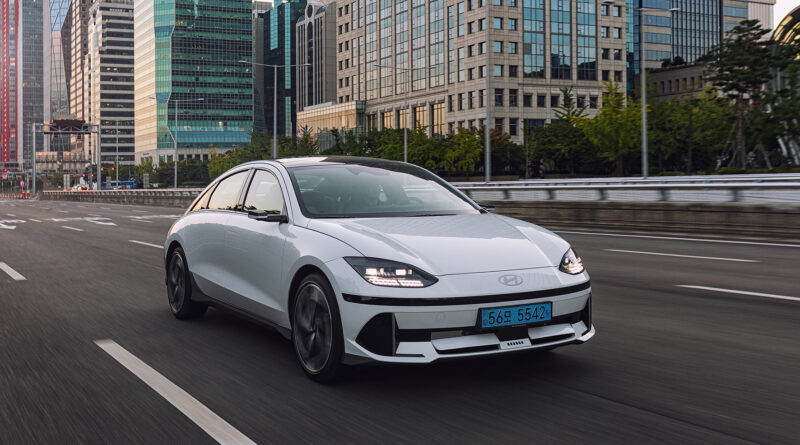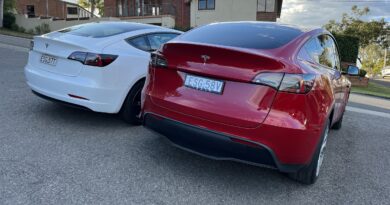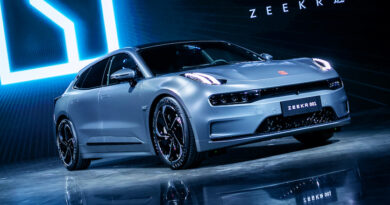Hyundai’s next-gen EV vision: Smart phone-style updates and almost 1000km in range
The similarities between new cars and smart phones continues to grow with Over The-Air (OTA) software updates that remotely upgrade the performance and functionality of vehicles set to become standard by 2025 for all new vehicles under Hyundai’s next-gen EV vision.
During the recent Unlock the Software Age online global forum in Seoul, Hyundai Motor Group unveiled Hyundai’s next-gen EV vision – a roadmap for ‘Software Defined Vehicles’ (SDV) that will hook up to Connected Car Services (CCS), a global system set to have 20 million vehicles registered to it by mid-way through this decade.
HMG are investing $20 trillion by 2030 into its Global Software Center and R&D HQ to bolster software capabilities for SDV development, which will allow cars to utilise data-based platform partnerships with industry sectors such as logistics, accommodation, leisure, and entertainment via a Connected Car Operating System (ccOS).
Benefits of the ccOS include cutting-edge telecommunication features, lightning-quick data processing speeds and up-to-the-minute OTA updates designed to unlock the latest safety, convenience, connectivity, security, and driving performance functions.
“By transforming all vehicles to Software Defined Vehicles by 2025, Hyundai Motor Group will completely redefine the concept of the automobile and take the lead in ushering in a never-before-experienced era of mobility,” said Chung Kook Park, President and Head of R&D Division, Hyundai Motor Group.
“Creating visionary vehicles empowered with the ability to evolve through software will enable customers to keep their vehicles up to date with the latest features and technology long after they have left the factory.”
HMG’s SDVs have also been designed to connect up to future mobility solutions from the company, including Purpose Built Vehicles (PBVs), Advanced Air Mobility (AAM), robotaxis and robots.
As of next year, all new HMG vehicles, including both electric and internal combustion engine (ICE) vehicles, will be equipped to receive OTA updates, with all vehicle segments sold worldwide evolving to be software defined by 2025.
HMG has also announced plans to heavily streamline its mass-production processes by developing a shared hardware and software platform for vehicles, enabling vehicle components to be shared across different segments.
From 2025, vehicles will be introduced that are based on two new EV platforms, eM and eS, both created under HMG’s Integrated Modular Architecture (IMA) system.
The passenger EV-dedicated eM platform will boast a 50 per cent improvement in driving range on a single charge compared to current EVs, with the eS ‘skateboard’ platform, developed exclusively for PBVs and companies operating in the delivery, logistics, and car-hailing sectors, designed to support Level 3 or higher autonomous driving technology.
“These new platforms are evolving under Hyundai Motor Group’s ‘Integrated Modular Architecture’, which will lead to further standardisation and modularisation of core components of electric vehicles, such as batteries and motors, while offering advantages in sectors additional to electric vehicles,” said Paul Choo, Executive Vice President of Head of Electronics & Infotainment Development Center of Hyundai Motor Group.
All of these technological advancements are designed to further HMG’s vision to make mobility an experience that covers all elements of an end-to-end journey, from leaving the house to meet friends to shopping, eating and charging the vehicle.
“Software-defined mobility will provide a holistic user experience based on vast mobility data and AI technology that understands user intentions and context,” explained Chang Song, President and Head of Transportation-as-a-Service (TaaS) Division of Hyundai Motor Group.
“This way, all these journeys can be seamlessly connected.”




